bluffing
CasinoWelcome to the high-stakes world of poker, where a well-timed bluff can make or break your fortune. In this thrilling game of skill and strategy, mastering the art of bluffing is like holding the key to a hidden treasure chest. But what exactly does it mean to bluff in poker? And how can you unveil its secrets to become a masterful player? Join us as we dive into the exhilarating realm of deception, psychology, and calculated risks – uncovering everything you need to know about bluffing in poker.
Get ready to raise the stakes when gambling through an online casino and outwit your opponents with our expert guide that will have you saying “all in” confidently.
Understanding the Psychology of Bluffing
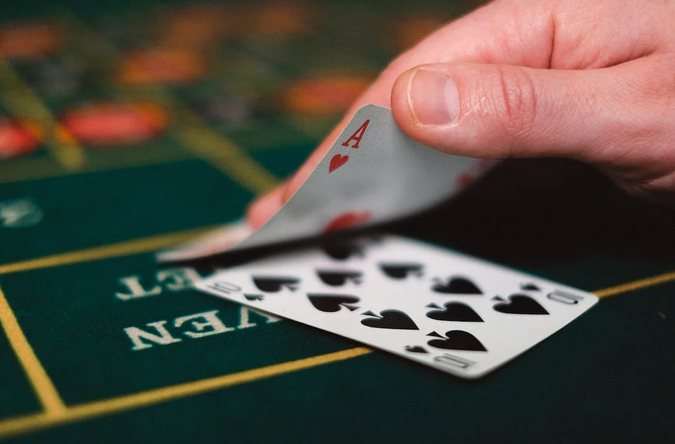
At its core, bluffing in poker is about convincing your opponents that your hand is stronger or weaker than it actually is. To do this effectively, you need to understand the psychology of the game and be adept at reading your opponents. Pay attention to their betting patterns, body language, and any signs of discomfort or confidence. Look for inconsistencies that may indicate a weak hand or a bluff. The ability to decipher these subtle cues is crucial for successful bluffing.
Choosing the Right Moment
Bluffing is not a one-size-fits-all strategy; timing plays a pivotal role. Choosing the right moment to execute a bluff is essential for its success. Optimal bluffing opportunities often arise when you have a good understanding of your opponent’s tendencies and when the community cards on the table allow for a plausible storyline. Bluffing too frequently or in obvious situations can diminish its effectiveness, while a well-timed bluff can catch opponents off guard and lead to a profitable outcome.
Perceiving Table Image
Your table image, or the perception other players have of your playing style, significantly impacts the success of your bluffs. If you consistently play a tight and conservative game, opponents are more likely to believe a sudden aggressive move is genuine. Conversely, if you’ve been bluffing frequently, your opponents may be more inclined to call your bets. Crafting a credible and unpredictable table image allows you to manipulate your opponents’ perceptions, making your bluffs more convincing.
Varying Your Bluffing Frequency

Consistency can be the downfall of any bluffer. Successful poker players know the importance of varying their bluffing frequency to keep opponents guessing. If you bluff too often, opponents may catch on and start calling more frequently. On the other hand, if you never bluff, your opponents may become more confident in their reads. Striking the right balance and varying your bluffing frequency based on the dynamics of the game ensures that your bluffs remain unpredictable and effective.
Utilizing Position to Your Advantage
Your position at the poker table is a crucial factor in executing successful bluffs. Being in a later position provides valuable information as you get to see how your opponents act before you make your move. This allows you to react to their plays and adjust your strategy accordingly. …
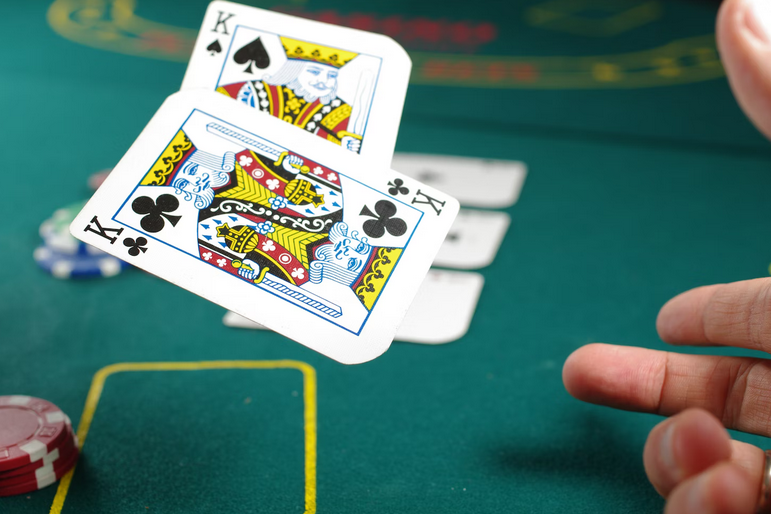
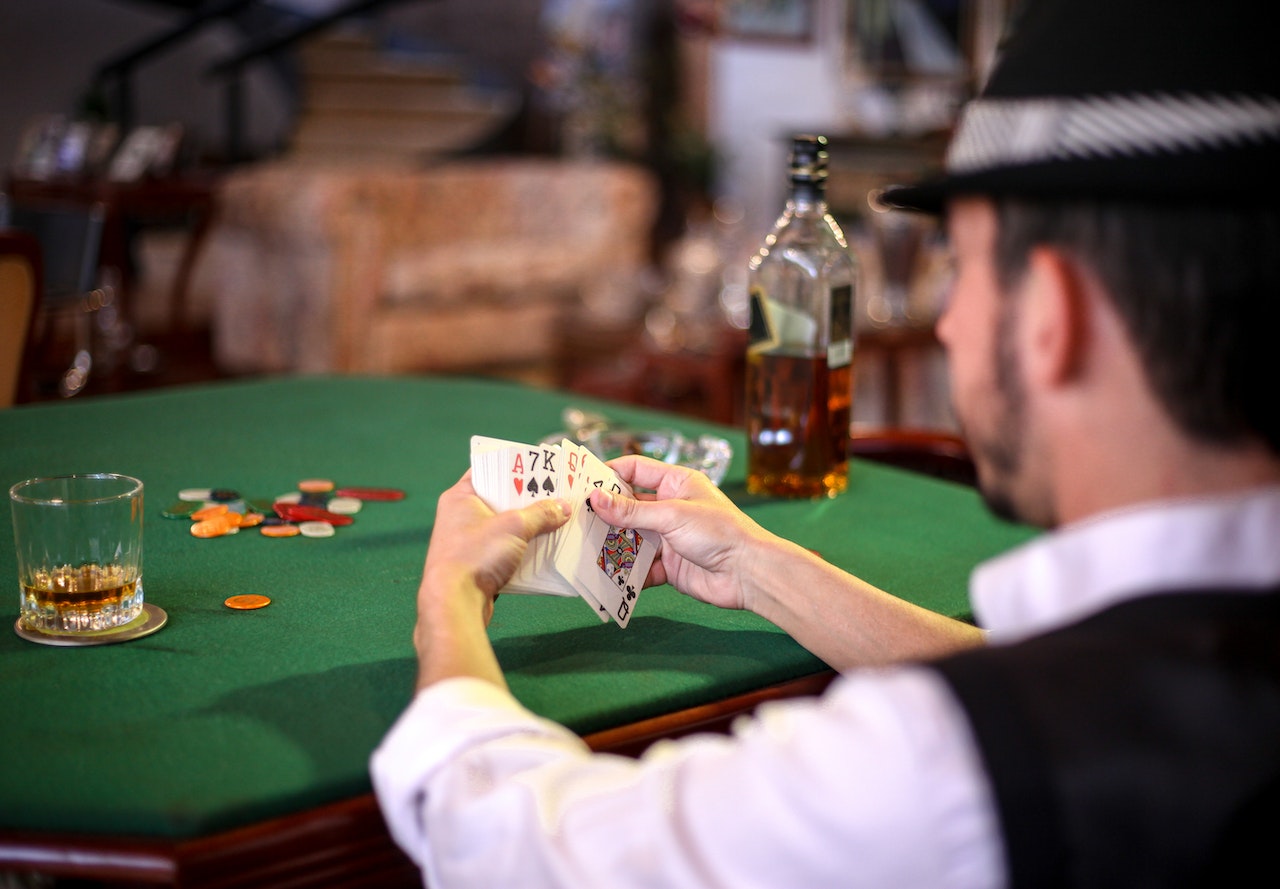
 Let’s begin with the most popular subject. Slow rolling is the technique of delaying decisions in a hand even when it is obvious which choice is the best one. It is regarded as bad manners and may be extremely upsetting for opponents, who frequently feel cheated out of a fair game.
Let’s begin with the most popular subject. Slow rolling is the technique of delaying decisions in a hand even when it is obvious which choice is the best one. It is regarded as bad manners and may be extremely upsetting for opponents, who frequently feel cheated out of a fair game.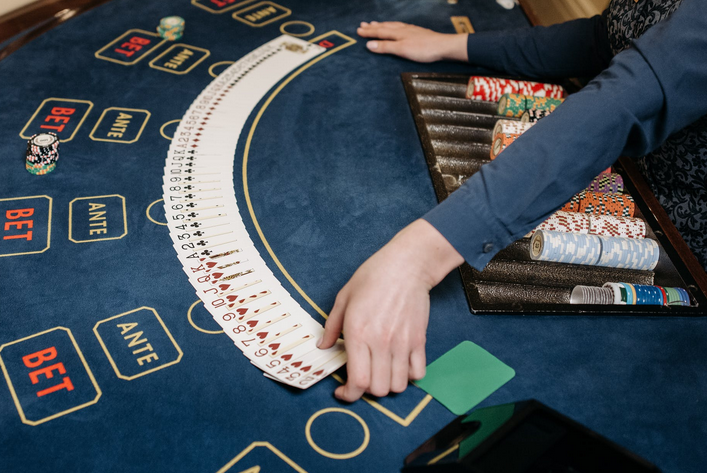
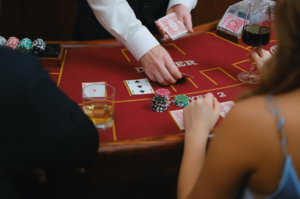 The first step to becoming a great poker player is studying the game. You can’t expect to win if you don’t know what you’re doing! Make sure that you understand the basics of how to play and the different hands and rankings. Once you have a strong foundation, learn about advanced techniques and strategies.
The first step to becoming a great poker player is studying the game. You can’t expect to win if you don’t know what you’re doing! Make sure that you understand the basics of how to play and the different hands and rankings. Once you have a strong foundation, learn about advanced techniques and strategies. By reading your opponents, you’ll be able to know how they play. It will help you determine if they’re bluffing or playing it safe with their bets. If the player is laying down good cards and betting high on them, that’s a clear indication that he has something substantial in his hand! You can use this information later when deciding if you should bluff or not.
By reading your opponents, you’ll be able to know how they play. It will help you determine if they’re bluffing or playing it safe with their bets. If the player is laying down good cards and betting high on them, that’s a clear indication that he has something substantial in his hand! You can use this information later when deciding if you should bluff or not. One of the most ingenious tricks to win at poker is being patient and waiting for good hands. Don’t be too aggressive – that can lead to costly mistakes. Wait until you have an indicator you feel confident in, and then make your move. If you’re constantly putting all your chips in every hand, you’ll eventually lose everything. So it’s best to wait and play smart. Don’t get caught up in the moment because that can lead you to make bad decisions. If your cards don’t seem like they’re going to win, fold! There’s no point in playing a hand if nothing you can do with it. You’ll be better off waiting for something more substantial.
One of the most ingenious tricks to win at poker is being patient and waiting for good hands. Don’t be too aggressive – that can lead to costly mistakes. Wait until you have an indicator you feel confident in, and then make your move. If you’re constantly putting all your chips in every hand, you’ll eventually lose everything. So it’s best to wait and play smart. Don’t get caught up in the moment because that can lead you to make bad decisions. If your cards don’t seem like they’re going to win, fold! There’s no point in playing a hand if nothing you can do with it. You’ll be better off waiting for something more substantial.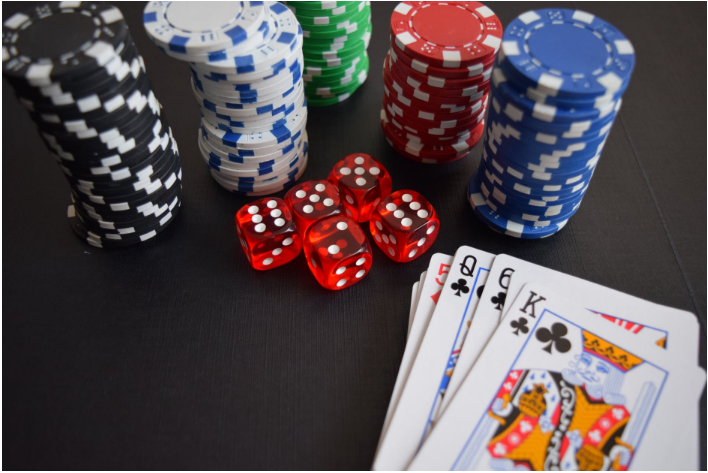

 It is recommended that you always play with enough money so that you don’t lose the game. This way, you can avoid losing a lot of money playing online poker. Therefore, before you decide to play
It is recommended that you always play with enough money so that you don’t lose the game. This way, you can avoid losing a lot of money playing online poker. Therefore, before you decide to play 
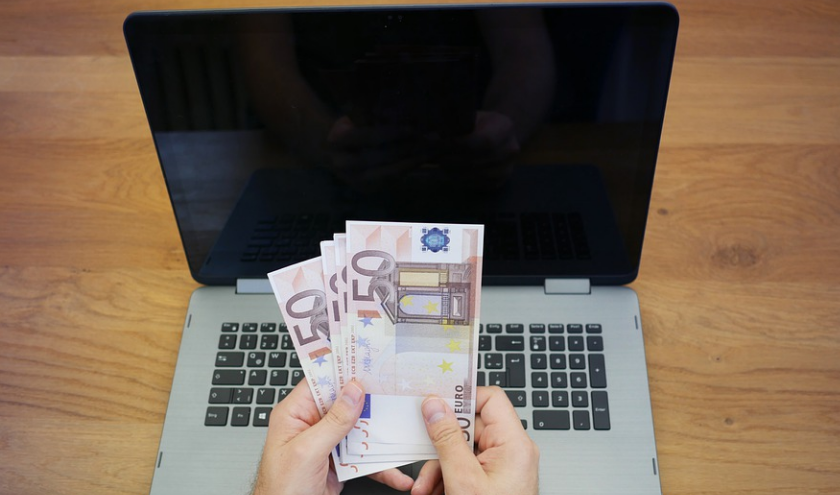
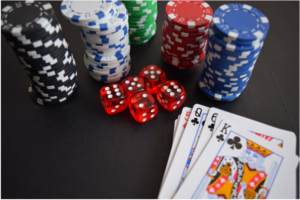 Amateurs make this mistake all the time. After making a decent hand, the adrenaline kicks into overdrive and they decide to bet $300 on a $90 pot or move all-in preflop for 1500 in sit-n-go at 15/30. This can make your hands weaker than theirs and your hands stronger than yours. You will either win a small or large pot if you keep betting too much. This is not the best way to play poker.
Amateurs make this mistake all the time. After making a decent hand, the adrenaline kicks into overdrive and they decide to bet $300 on a $90 pot or move all-in preflop for 1500 in sit-n-go at 15/30. This can make your hands weaker than theirs and your hands stronger than yours. You will either win a small or large pot if you keep betting too much. This is not the best way to play poker.